If you’ve had water damage, you know how costly and time-consuming it can be to fix. Water draining, mold remediation, and expensive replacements are all inevitable when water seeps in. There are things you can do to prevent these problems before they appear. Identifying the causes of water damage, and taking steps to prevent them is the best way to avert another damp disaster.
Table of Contents
Plumbing Damage
As you might expect, water damage can often be a result of compromised plumbing. Leaks, clogged drains, and malfunctioning pumps can lead to major internal issues. Sometimes it can be difficult to detect leakage. You may go years, completely unaware of the damage being done. Taking the time to inspect and address these problems can potentially save you thousands of dollars in repairs.
Pipes as Causes of Water Damage
Deteriorating pipes can be a causes of water damage as houses age. Cracks, leaks, or bursts can result in damage that compromises the structural integrity of a building. Faulty joints, clogs, and corroded connections contribute to undetected leaks, creating the ideal environment for mold growth, which can pose serious health hazards.
Implementing proactive solutions is paramount to safeguard against plumbing disasters. Swift repair of damaged pipes, joints, and connections prevents more costly and time-consuming remediation. In cases of aging or corroded pipes, timely replacement is essential to prevent leaking. For the purposes of avoiding water damage, it’s important to actively maintain your house’s plumbing.
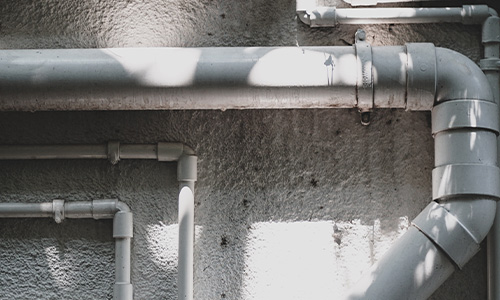
Malfunctioning Pumps and Drains
Compromised drains and malfunctioning pumps can lead to significant water damage. Clogged drains result in overflow, affecting immediate surroundings and potentially infiltrating walls and crawl-spaces. Faulty sump pumps or drainage systems can fail to redirect excess water, allowing it to accumulate and permeate the foundation.
To prevent drain and pump-related causes of water damage, implement regular maintenance checks on drains and sump pumps. Clear clogs promptly and ensure that your pumps are functioning properly. You may even consider installing backup systems. Vigilant monitoring and proactive measures safeguard against potential failures, preserving the integrity of drainage systems and preventing extensive water damage to structures.
Water Pressure Issues
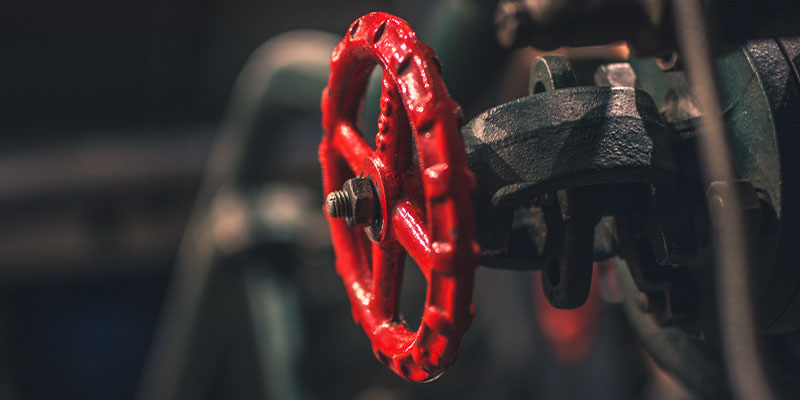
Insufficient or excessive water pressure can lead to various issues. Low pressure may result in inadequate water supply, affecting daily activities. Conversely, high pressure can stress pipes, joints, and appliances, causing leaks or bursts. Proper pressure regulation is crucial to maintaining a functional plumbing system, preventing damage, and ensuring efficient water distribution. If pressure is too high, or inconsistent, then consider installing a pressure reducing valve to ensure that your plumbing doesn’t undergo excess stress.
In case of an emergency, you can turn off the house’s water in order to prevent further damage. The water supply valve is usually located on the perimeter of the house.
Appliances
This can include everything from washing machines to air conditioners.
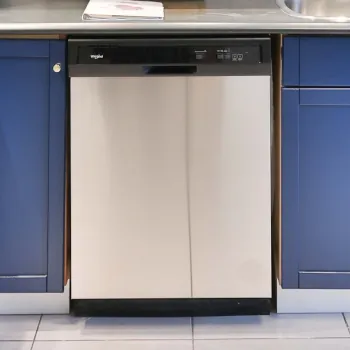
Appliances that use water, such as washing machines and dishwashers, are common causes of water damage when their components fail. Leaky hoses, worn-out gaskets, or malfunctioning pumps release water onto floors, causing immediate damage to surrounding structures. Over time, unnoticed leaks can lead to hidden issues like mold growth and compromised structural integrity.
Sinks, faucets, and toilets can pose water damage risks. Leaky faucets, worn-out seals, or damaged pipes beneath sinks can result in seepage onto floors and surrounding areas. Toilets may cause damage due to faulty tank components, valve issues, or worn-out seals.
Water heaters pose a risk of damage through tank leaks or corrosion. Over time, the tank may develop cracks or weaknesses, leading to slow leaks or sudden bursts. These issues can result in extensive property damage.
As with most household issues, a proactive approach works best. Regularly inspect hoses, seals, and connections for signs of wear or leaks. Replace damaged components promptly, and consider upgrading to stainless steel hoses for added durability. Ensure proper installation and maintenance of water heaters by checking for sediment buildup, and testing pressure relief valves. Install leak detection devices near appliances, providing early alerts. Vigilance, routine maintenance, and timely repairs help mitigate the causes of water damage in a home.
Faulty Sealing
Among common causes of water damage is rainwater coming through faulty sealing. You can usually tell where water is coming through, either because of visible water collected on the surface, or signs of long-term water or mold damage. There are several key areas where sealing needs special attention: the windows & doors, flashing and siding, and the roof.
Poorly Sealed Windows & Doors
Windows and doors are susceptible to water infiltration when their protective barriers degrade. Worn weather stripping, aged seals, or improperly installed frames can compromise the integrity of these openings. During a rainstorm, water may seep through gaps or cracks, potentially damaging surrounding walls, floors, and even contributing to mold growth.
It’s important to regularly inspect and maintain windows and doors, ensuring seals and weather stripping are intact. Address any signs of wear or damage promptly, and consider applying sealants or caulking to reinforce protective barriers. Upgrade to energy-efficient and well-sealed windows and doors when old ones wear down.
Flashing and Siding
Flashing and siding play crucial roles in safeguarding homes from water intrusion. Faulty siding, such as damaged or improperly installed materials, can allow rainwater to penetrate walls. Compromised flashing around chimneys, vents, or windows can permit water entry.
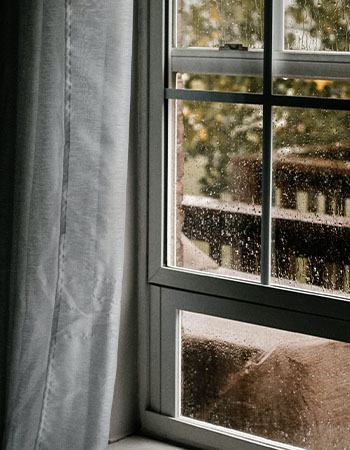
Improving the quality of siding begins with a thorough evaluation of its condition, looking for signs of wear, damage, or improper installation. Selecting durable and weather-resistant materials suitable for both monsoon storms and the scorching sun is a key consideration. Quality installation by an experienced professional ensures a tight seal. Regular inspections and prompt attention to any identified issues are a key part of home maintenance. Seeking professional expertise for upgrades, fortifies your home against water intrusion and maintains a resilient exterior.
Roofing Concerns
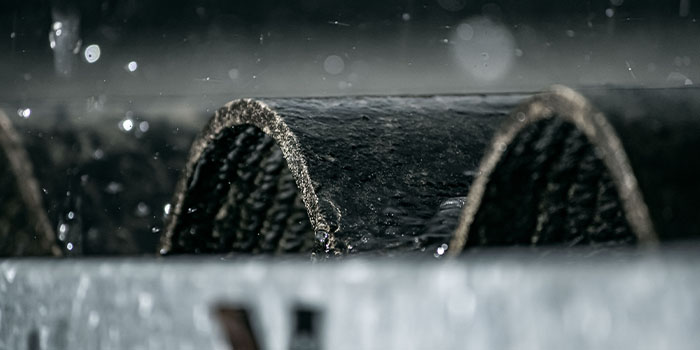
A compromised roof is susceptible to water intrusion, primarily through damaged or missing tiles or shingles, and compromised underlayment. The consequences of water infiltration may manifest as water stains on ceilings or walls, mold growth, or peeling paint. Identifying these signs is crucial for identifying whether your roof is properly protecting your home.
When you’re roof is compromised, engaging professional roofing assistance is essential due to the complexities and potential dangers involved. Expertise ensures safe and effective handling of various factors, ensuring optimal roof maintenance. It’s not recommended to DIY a roofing project, because walking on a roof is a dangerous aspect of roof repair, and professional expertise is necessary for addressing underlying issues.
Proactive maintenance is critical to preventing costly repairs. Household issues won’t just disappear on their own, in fact, they usually get worse if left unattended. So take the initiative! If you need water damage restoration, check out our services page!


